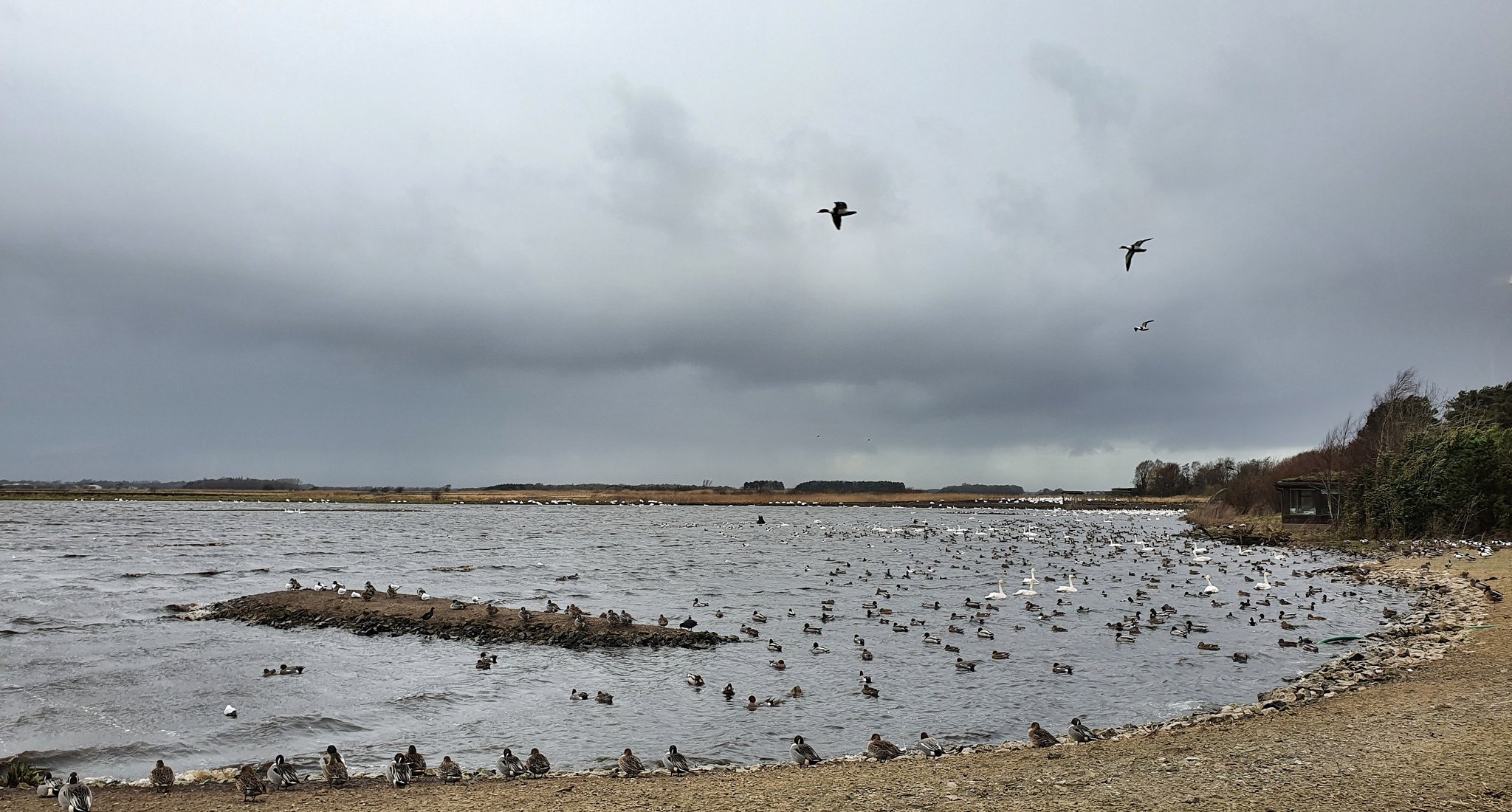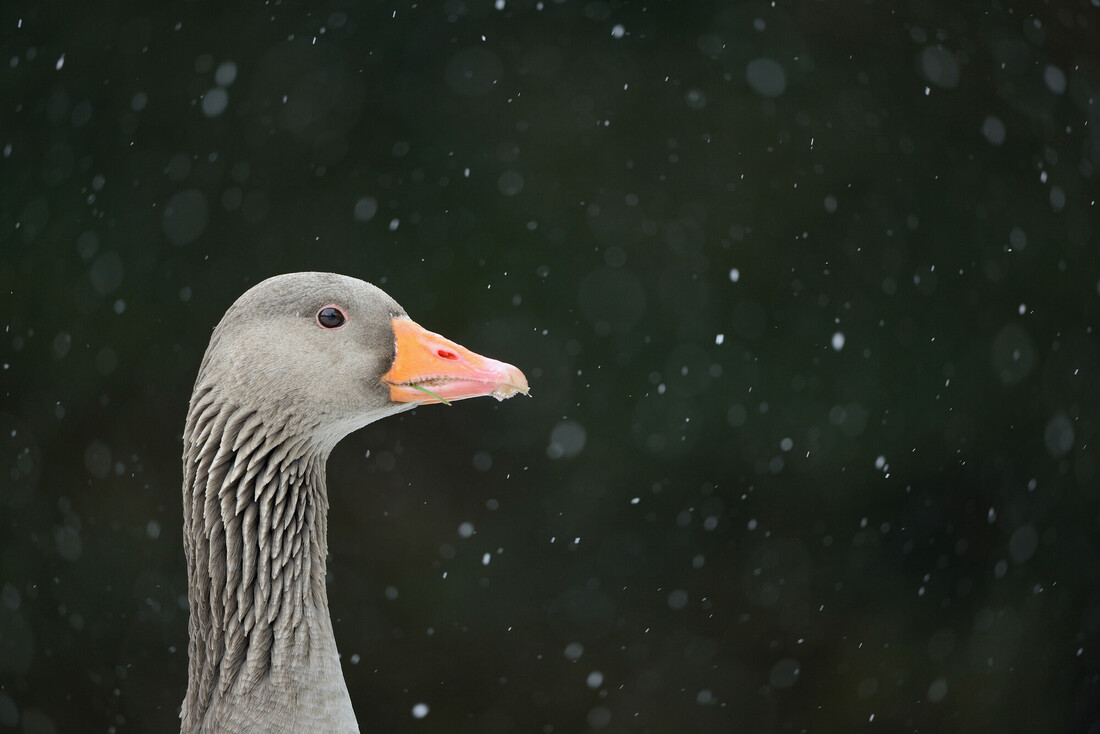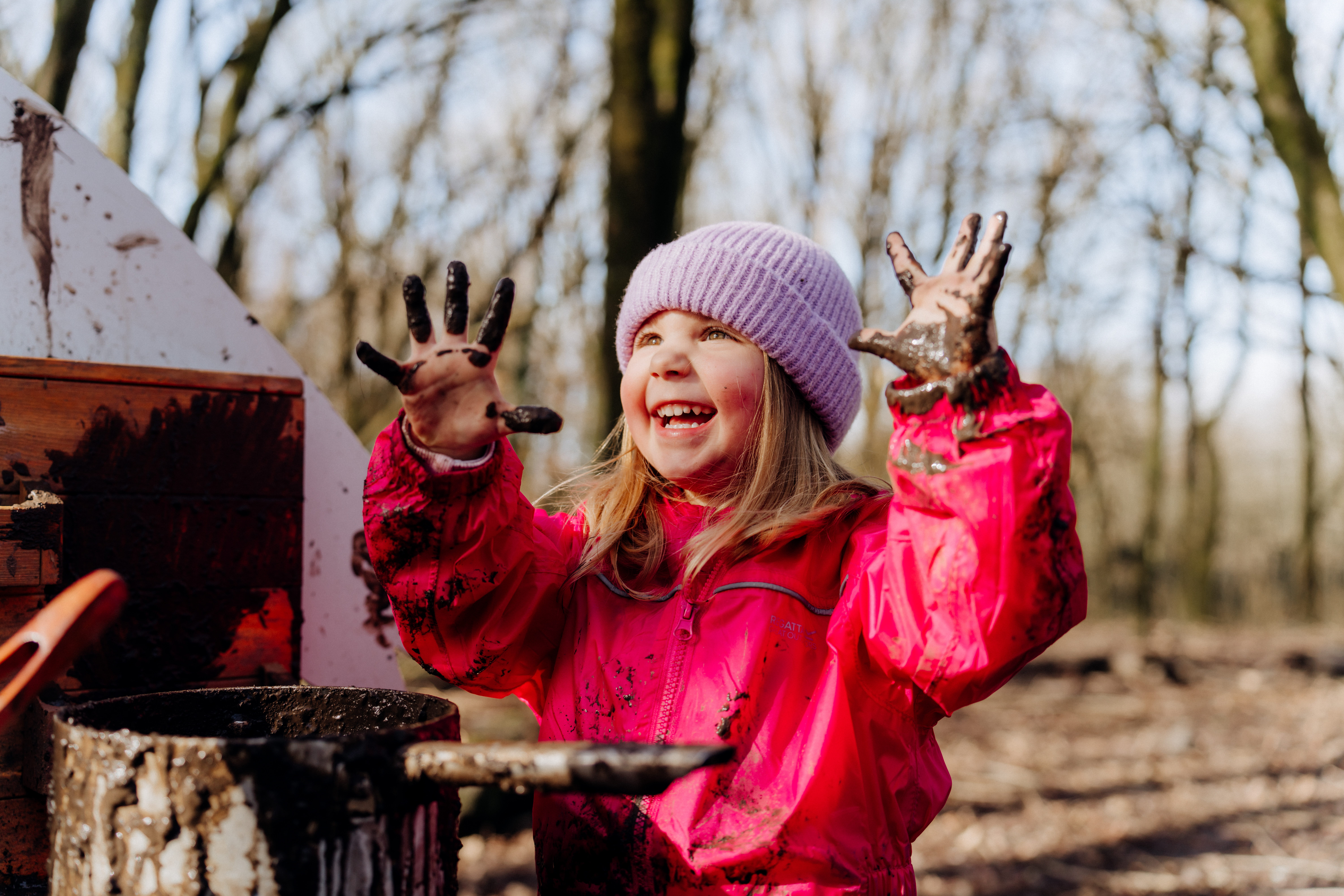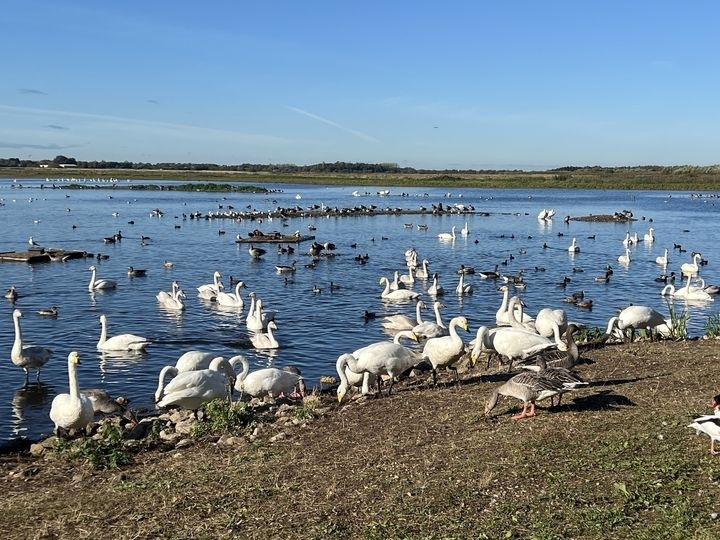Top tips for wildlife spotting

For many of us, spotting wildlife is a key part of a visit to WWT Martin Mere, and while our hides are sadly closed, we wanted to give you some great hints and tips on where to spot various wildlife without having to step foot in a hide!
As you head out of the door and walk up towards the discovery hide, you have the option to turn left or right to walk the nature trail. Turning right takes you to a woodland area whilst turning left allows for views across the mere and the reedbed walk.
Below is a summary of what wildlife you are likely to see whilst you walk.
Views across the mere
There are two viewing platforms that offer panoramic views across the mere. The latest dawn count was 975 whooper swans and 7205 pink-footed geese but you will also see ruff, black-tailed godwits and oystercatcher that are often seen foraging at the edge of the Mere, as well as pintail, shelduck, wigeon, pochard, mallard and teal along with waders such as lapwing and curlew. If you look later on in the day the sunsets can be spectacular for the perfect photo opportunity.
We are seeing the peregrine daily which is causing the lapwing, starlings and teal to lift and display flying around in huge flocks. Keep your eye out for barn owls as well, they have been seen earlier recently as the nights get longer.
Reedbed walk
The reedbed walk is a feast for your senses through sight and sound. Spend the time simply stopping and listening and enjoy being immersed in nature.
The reedbed walk is accessed from the lower level of the Harrier hide. It is one mile in length and can be muddy underfoot so good walking boots are advised. There are a number of benches out on the walk for a rest and the opportunity to spend some peaceful time in your surroundings.
Several marsh harriers, peregrines, kestrels and barn owls have been seen across the reserve with at least one little egret seen daily and an infrequent great white egret. You may also see gadwall, mallard, tufted duck, pochard, little grebe, reed bunting and blackcap as you walk around.
The species in the reedbed can be very elusive and are often heard and not seen, so you need to take your time and simply listen whilst out there. There are at least 9 cetti's warblers so it's worth listening out for their signature call.You may also hear water rails, bearded tits and chiffchaffs. Time to brush up on your bird call identification!
Woodland walk
There are lots of passerines in the trees as you walk down the nature trail including goldfinches, long-tailed tits, redwing, fieldfare, mistle thrushes and robins.We have bird feeding stations along this walk to allow you to get good viewing and photography opportunities for these birds. There are benches along the nature trail to give you the opportunity to sit and listen to bird calls.



